The Lounge (JW Marriott Dongdaemun Square Seoul)(더라운지(JW 메리어트 동대문스퀘어서울))
8.2Km 2021-03-18
279, Cheonggyecheon-ro, Jongno-gu, Seoul
+82-2-2276-3336
This Western cuisine is located near Dongdaemun Station, Seoul. Different menus are provided each season. The representative menu is dessert.
Namsangol Hangawi Festival Samsamorak (남산골 한가위축제 삼삼오락)
8.2Km 2024-10-02
28 Toegye-ro 34-gil, Jung-gu, Seoul
+82-2-6358-5533
Namsangol Hangawi Festival Samsamorak is a traditional culture event that takes place every year during the Chuseok holiday period. Through the festival, visitors of all ages and nationalities can enjoy various culture programs for free at Namsangol Hanok Village in the heart of Seoul.
Chamdaegutang (참대구탕)
8.2Km 2021-09-01
3, Hangang-daero 62-gil, Yongsan-gu, Seoul
+82-2-798-7380
This is a Korean cuisine located in Itaewon, Seoul. Clear fish soup boiled with codfish (fish). The best menu at this restaurant is codfish stew.
Yongmasan Mountain (용마산)
8.2Km 2021-06-18
53, Yongmasan-ro 62-gil, Jungnang-gu, Seoul
+82-2-2094-2344
With an altitude of 348 meters, Yongmasan Mountain is the highest peak of Achasan Mountain. The mountain stretches through the ridges of Manguri Park and Junggok-dong, with trails connecting to Achasan Mountain Fortress and the back gate of Children’s Grand Park. Nearby parks include Yongmapokpo Park and Yongmasan Sagajeong Park.
Travelodge Dongdaemun (트레블로지 동대문 호텔)
8.2Km 2021-07-13
359, Dongho-ro, Jung-gu, Seoul
+82-2-2160-8888
Travelodge Dongdaemun is located in the heart of Seoul, surrounded by popular tourist attrctions. The hotel provides services that suit the needs of both leisure and business travelers alike at an affordable price. Dongdaemun is a popular fashion district where tradition and modern cultures meet. Several tourist attractions are located within 10 to 15 minutes via public transportation from the hotel, such as Dongdaemun Design Plaza, Cheonggyecheon Stream, Heunginjimun Gate, Insa-dong and the royal palaces.
Everest (에베레스트)
8.2Km 2019-09-02
2-1, Jong-ro 51ga-gil, Jongno-gu, Seoul
+82-2-766-8850
Nepal is located in the southcentral region of the Himalayan Mountains between India and Tibet, accounting for its diverse mixture of both country's cultures. Restaurant Everest allows guests to enter this culturally diverse world by offering cuisine from Nepal, India, and Tibet. In addition, Everest is operated by a Nepali owner, serving affordable food to tourists and students interested in the culture of Nepal. Customers can learn of the traditional food and culture of Nepal while listening to Nepali music and watching movies. The restaurant also provides a seminar area for various meetings.
Myogaksa Temple-Seoul (묘각사 (서울))
8.2Km 2020-01-31
31, Jong-ro 63ga-gil, Jongno-gu, Seoul
Located east of Naksan Mountain at Sungin-dong, Jongno-gu in Seoul, Myogaksa Temple offers the urbanites a chance to experience Temple Stay. Since 2002, Myogaksa Temple has run its special Temple Stay program titled “Free from All Anxiety”, which sees a growing number of foreign participants every year. Moreover, you may also have a chance to experience Korean traditional culture as well as get to know Korean history better through interesting stories.
CheongKwanJang - Seonghaengdang Branch [Tax Refund Shop] (정관장 성행당)
8.2Km 2024-04-18
1F, 465, Gosanja-ro, Dongdaemun-gu, Seoul
-
Cheongsongsan Ojingeo (청송산오징어)
8.3Km 2021-03-29
8, Namhyeon 1-gil, Gwanak-gu, Seoul
+82-2-584-5286
It's a great place to hold group dining and group meetings. The best menu at this restaurant is sliced raw squid. This Korean dishes restaurant is located in Gwanak-gu, Seoul.
Heunginjimun Gate - Dongdaemun Gate (흥인지문)
8.3Km 2024-10-10
288, Jong-ro, Jongno-gu, Seoul
+82-2-2148-1842
Heunginjimun Gate was built to protect Hanseongbu, which historically housed essential government facilities. Heunginjimun Gate was the gate on the east side of the outer wall of Seoul Fortress among eight gates. It is referred to as Dongdaemun Gate as well. The gate was constructed during King Taejo’s 5th year in 1396, remodeled during the reign of King Danjong in 1453, and was newly built in 1869 during the sixth year of King Gojong’s reign in 1869.
The gate features a hipped roof with five front and two side compartments on a two-storied building. The thin and weak bracket system supports the eaves and is excessively decorated, reflecting the construction features of the late Joseon period. Also, outside of the fortress is the half-circle-shaped Ongseong, a small wall, to protect the gate.
One of the unique factors of Heunginjimun Gate is that it is the only gate among Seoul’s eight to have Ongseong, further exhibiting the style of construction used during the late Joseon period.
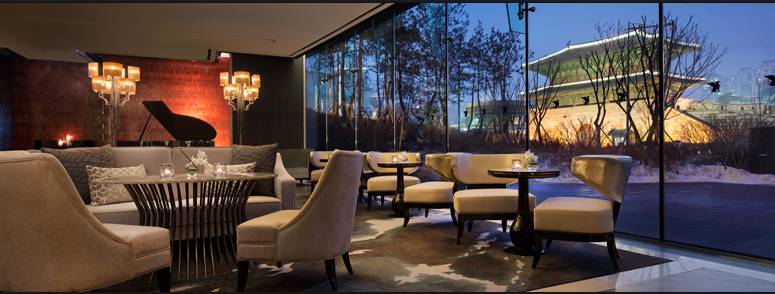
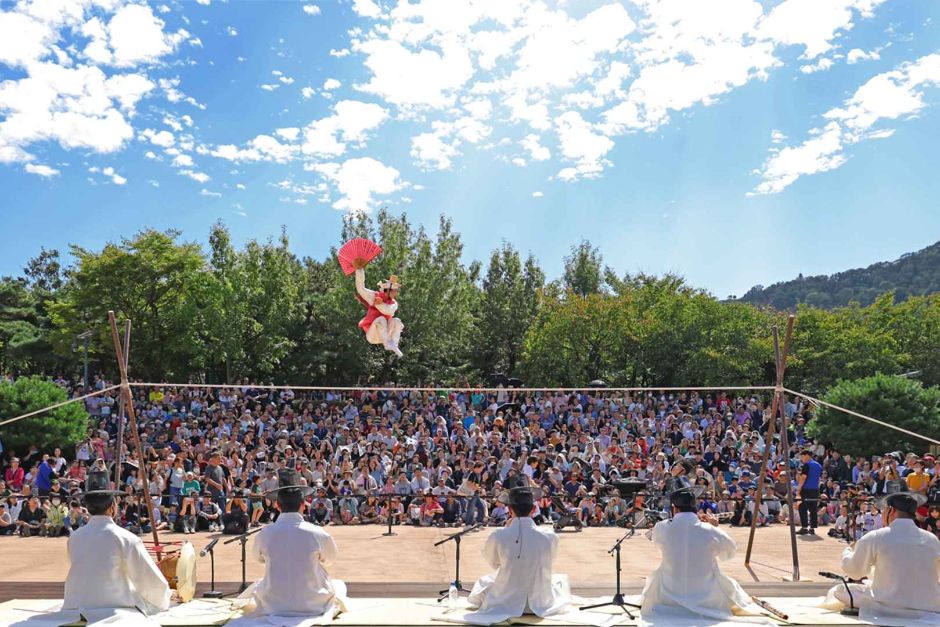
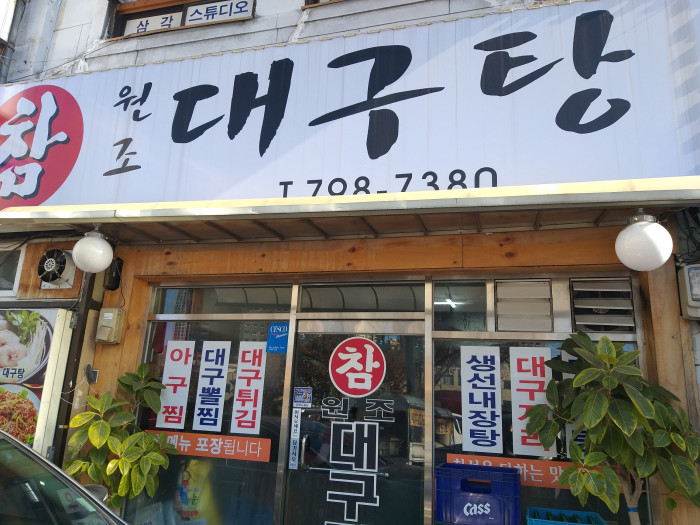
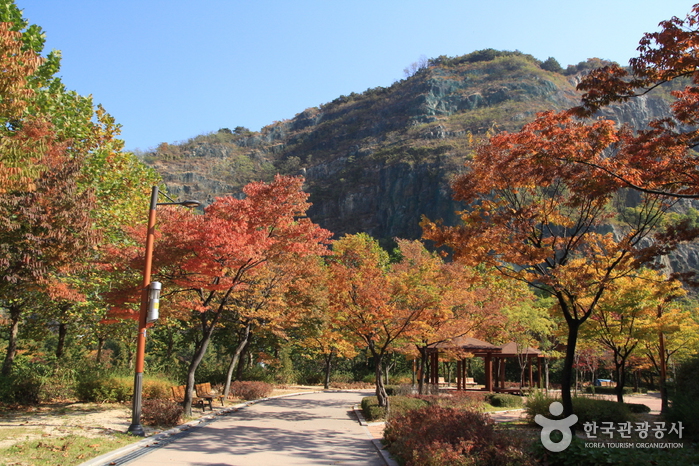
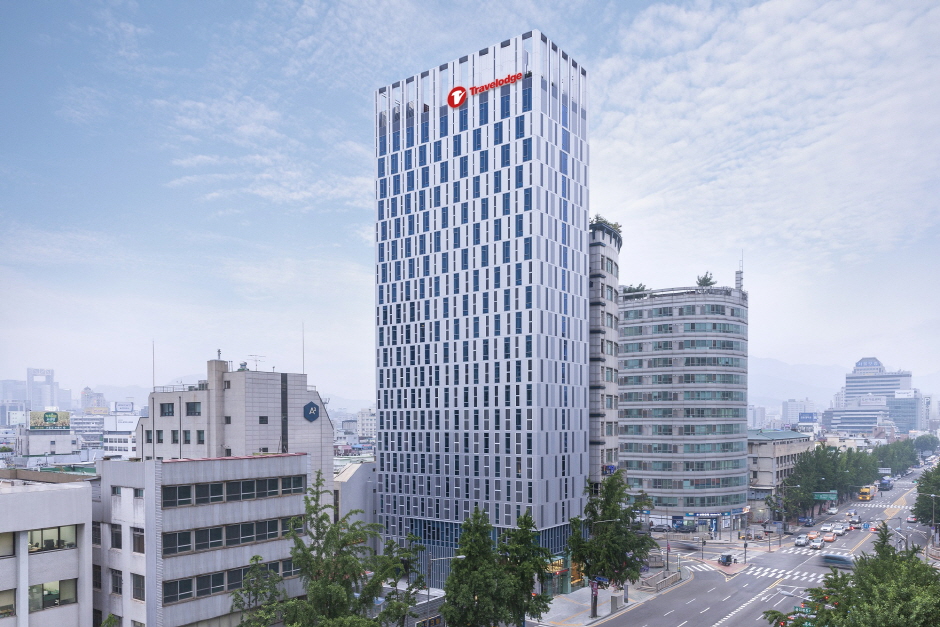
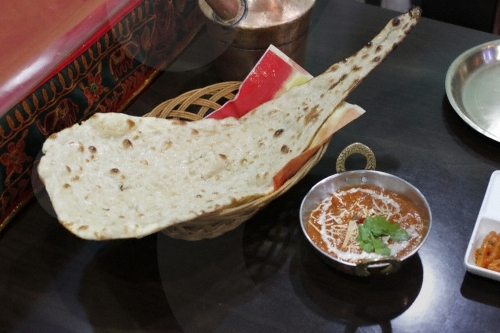
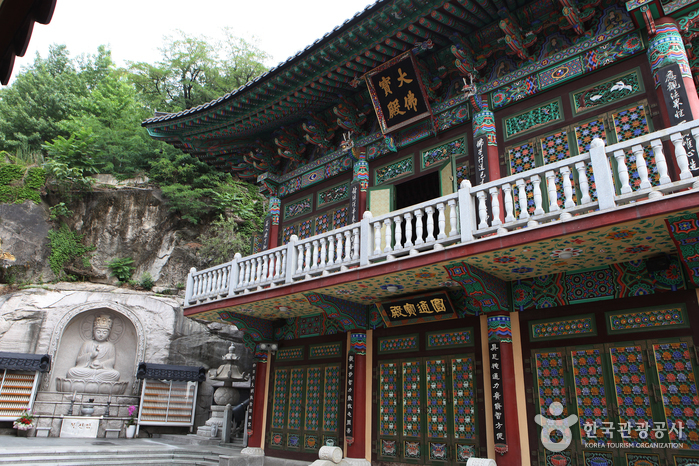
![CheongKwanJang - Seonghaengdang Branch [Tax Refund Shop] (정관장 성행당)](http://tong.visitkorea.or.kr/cms/resource/89/2888889_image2_1.jpg)
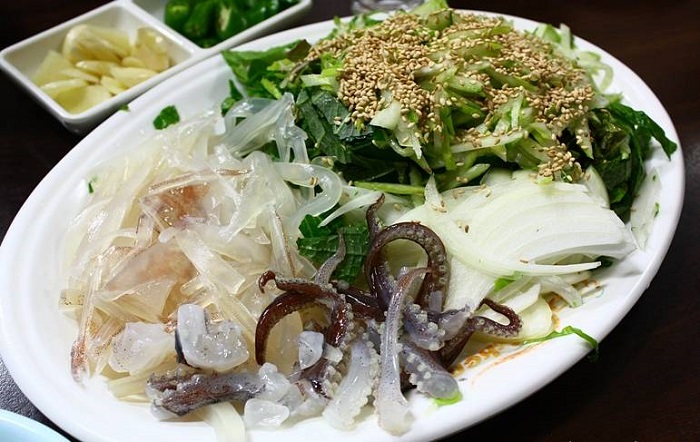
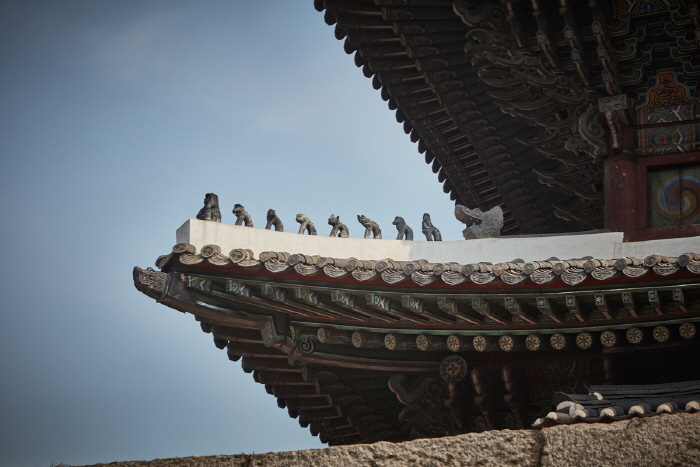
 English
English
 한국어
한국어 日本語
日本語 中文(简体)
中文(简体) Deutsch
Deutsch Français
Français Español
Español Русский
Русский